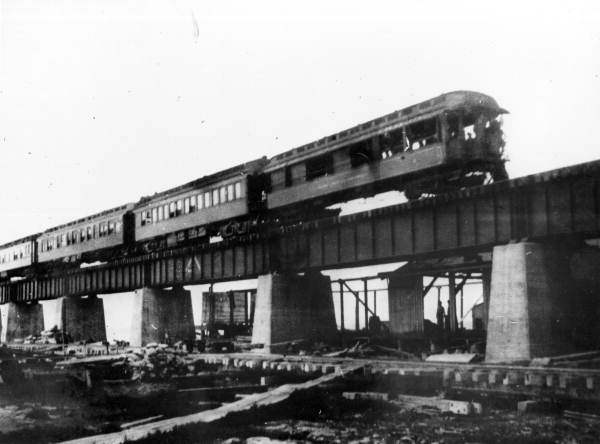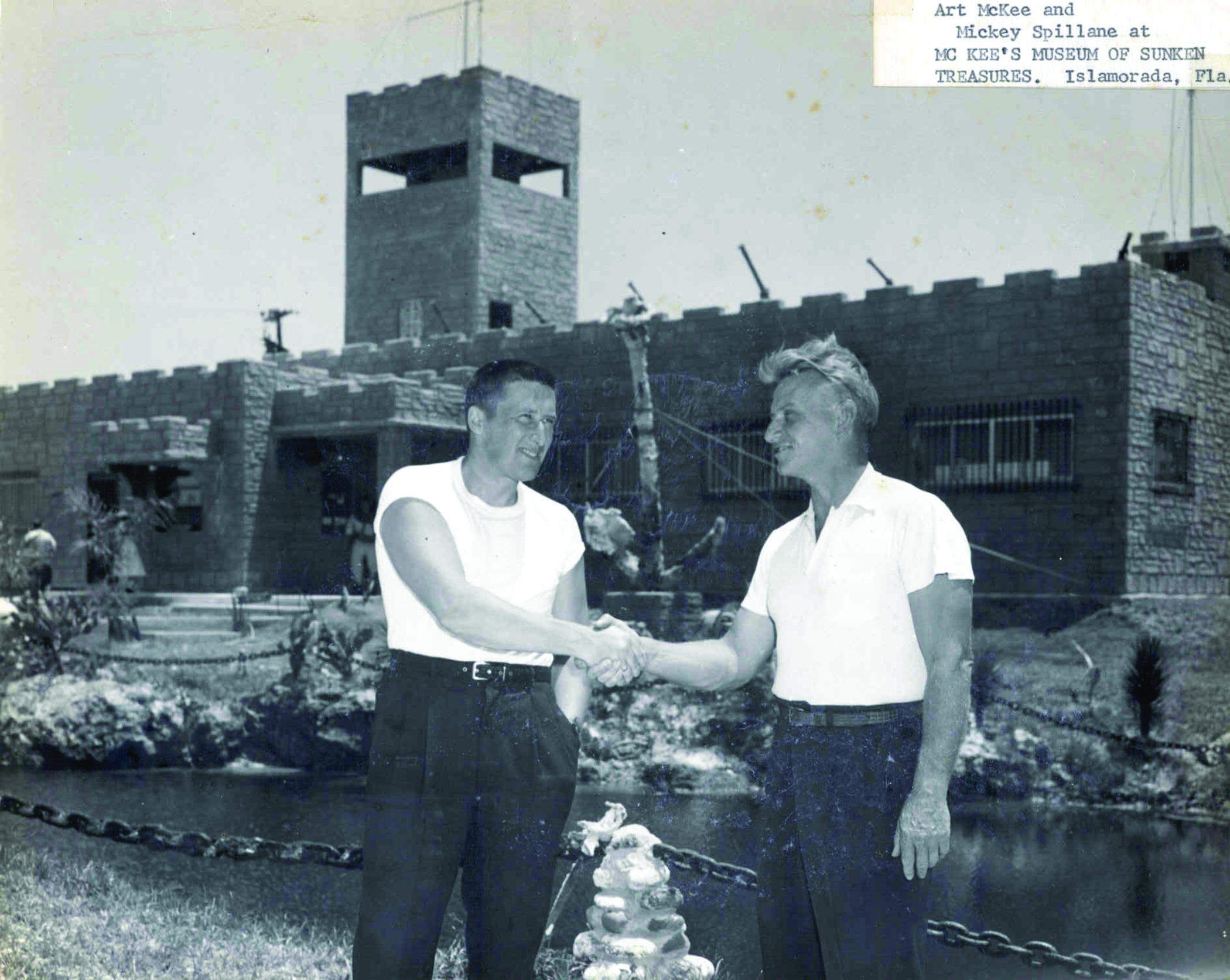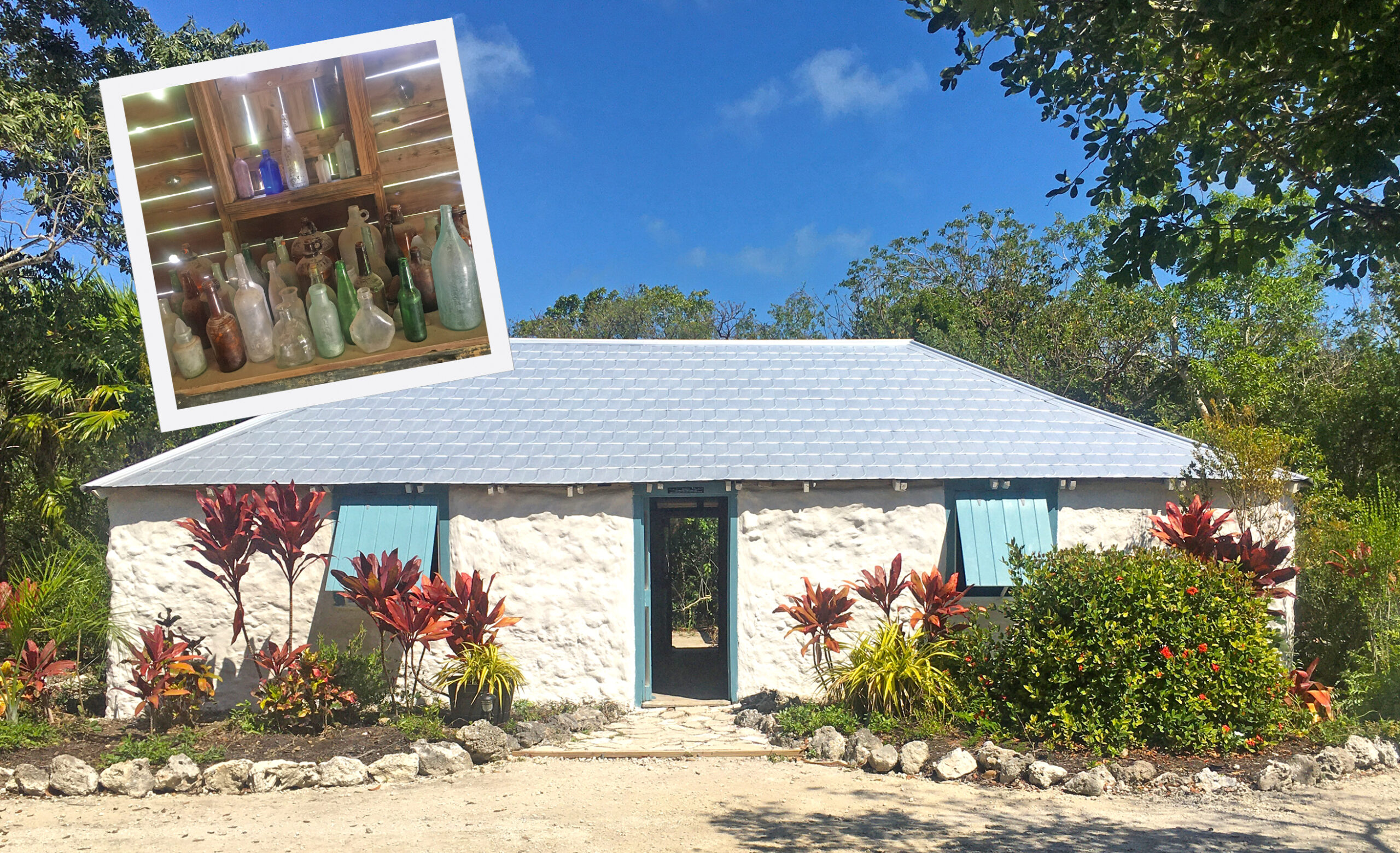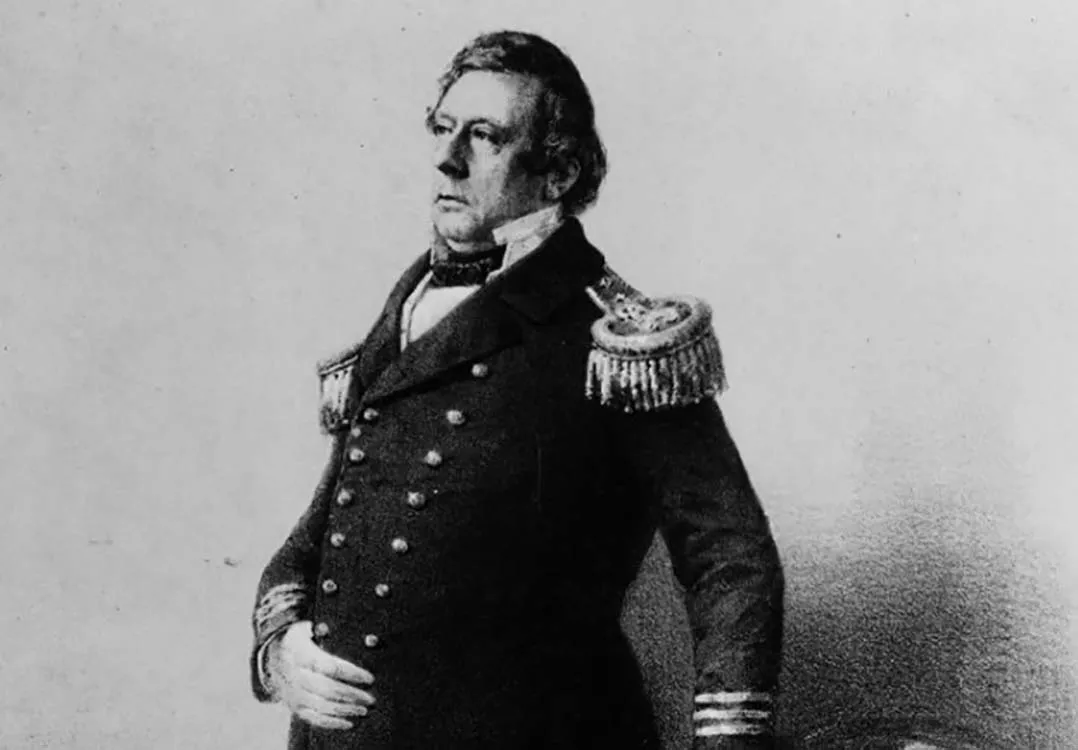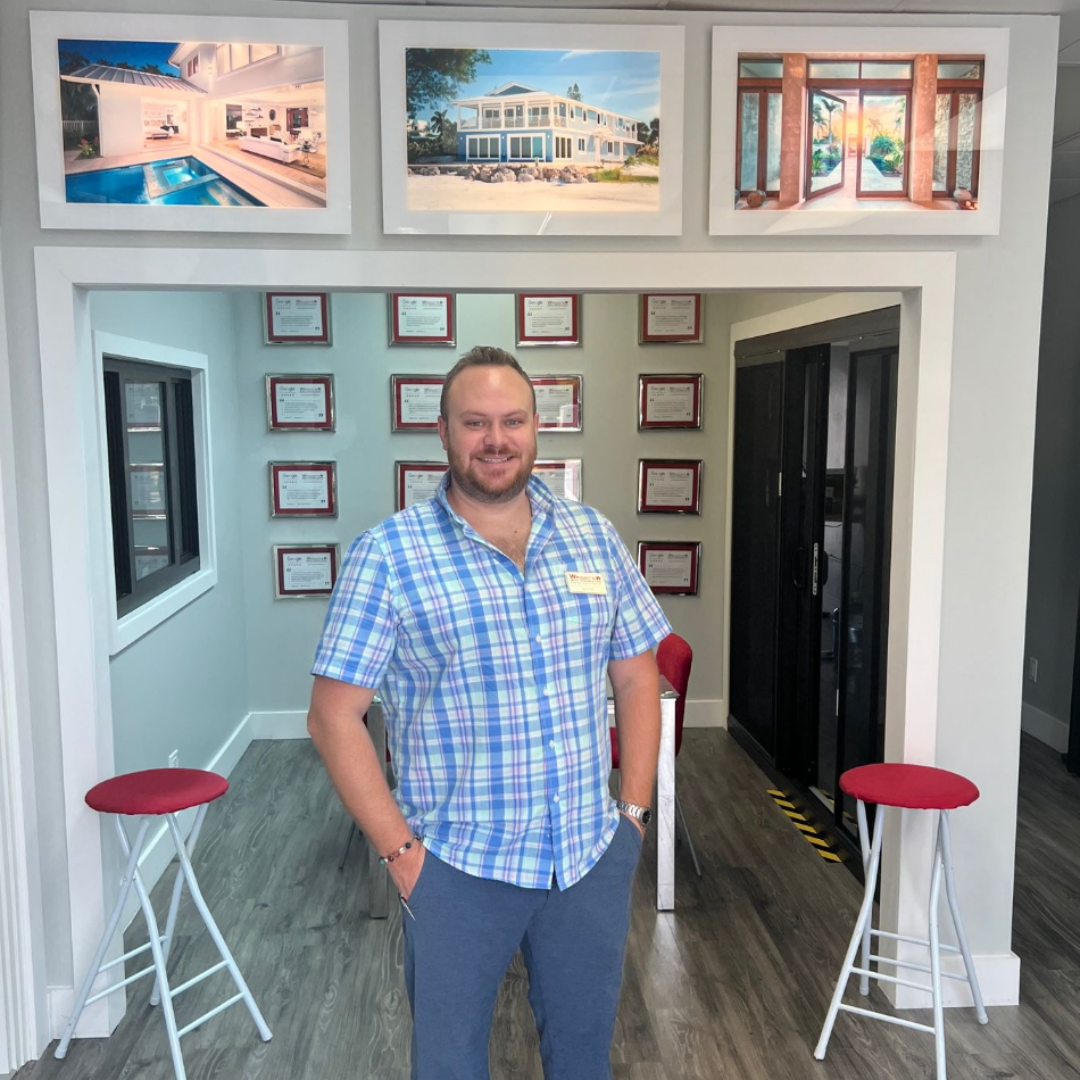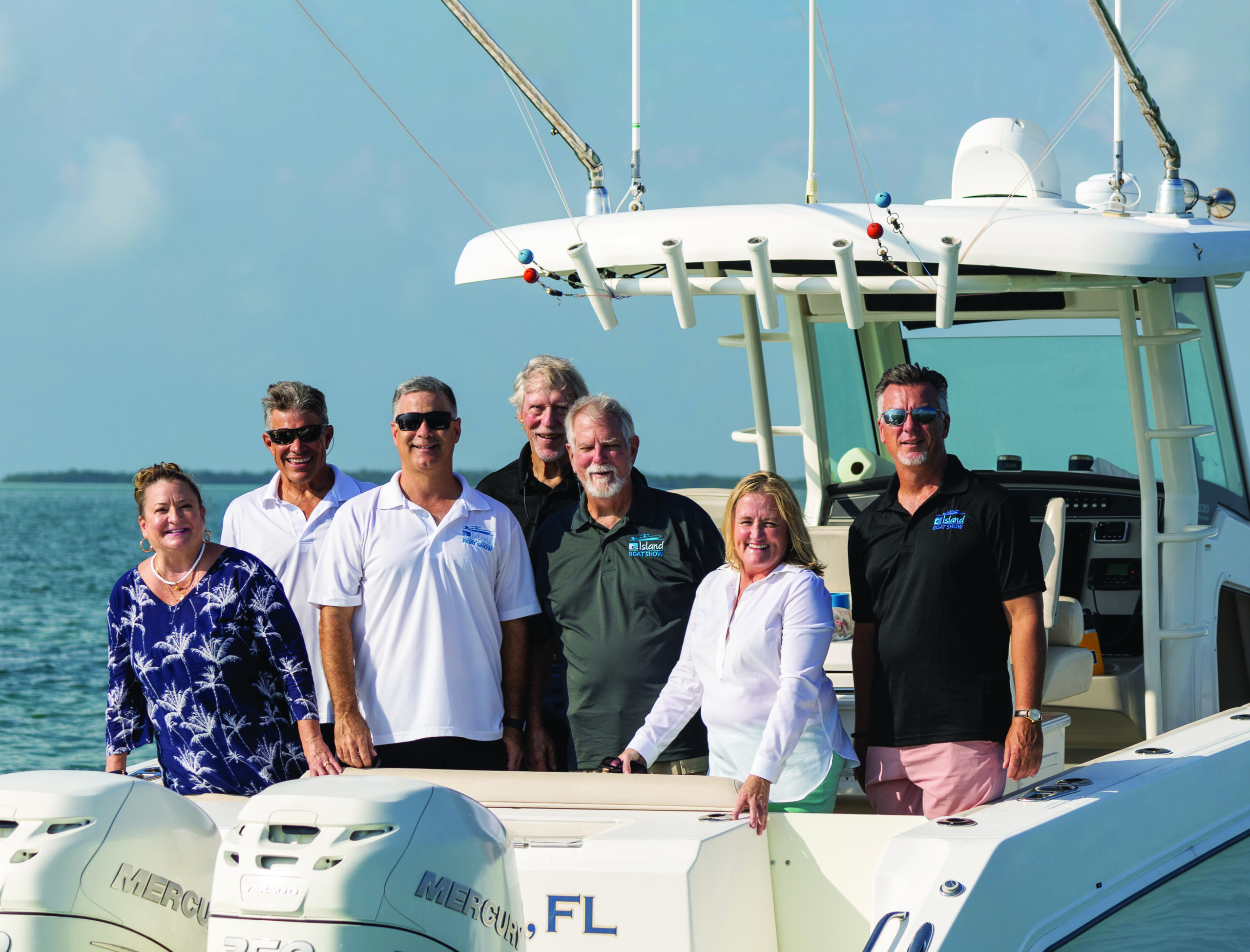Imagine if instead of vehicles clogging the Overseas Highway, there was train service between Miami and Key West… including luxury service with imprinted china for a beverage or a bite to eat, and aqua blue waters passing by through picture windows on either side of the train.
On Jan. 2, 1830, Henry Morrison Flagler, creator of the Oversea Railway, was born in Hopewell, N.Y. In 1905, construction began on the Flagler Oversea Railway extension to Key West, and about seven years later, on Jan. 22, 1912, Flagler traveled to Key West on the Rambler, his private railroad car now on permanent exhibit in Palm Beach alongside the Flagler Museum. He had prevailed in building what proved a monumental feat.
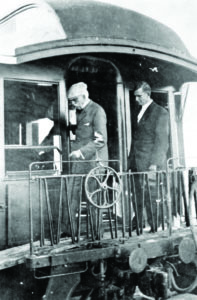 Flagler had humble beginnings. He was the son of a struggling Presbyterian minister. Florida Keys historian Jerry Wilkinson on his keyshistory.org website said Morrison was the name of his mother’s first husband, Hugh Morrison, who had died. Henry left school after the eighth grade to go work for the Harkness family in Ohio. The Harkness family was his mother’s second husband’s family (David Harkness) and played a helpful role in Henry’s life for many years. To begin his new life, he found work on a barge traveling the newly-opened Erie Canal to Lake Erie where he traveled overland to the small Harkness store in Republic, Ohio, and began work with his half-brother, Dan Harkness.
Flagler had humble beginnings. He was the son of a struggling Presbyterian minister. Florida Keys historian Jerry Wilkinson on his keyshistory.org website said Morrison was the name of his mother’s first husband, Hugh Morrison, who had died. Henry left school after the eighth grade to go work for the Harkness family in Ohio. The Harkness family was his mother’s second husband’s family (David Harkness) and played a helpful role in Henry’s life for many years. To begin his new life, he found work on a barge traveling the newly-opened Erie Canal to Lake Erie where he traveled overland to the small Harkness store in Republic, Ohio, and began work with his half-brother, Dan Harkness.
Arriving almost penniless, Flagler worked hard learning all facets of the mercantile business, When Dan moved to a larger store in Bellevue, Ohio, the principal hometown of the Harkness family, Flagler was promoted to manager. After a total of five years, he moved to Bellevue where he bought out a partner in one of the Harkness operations with money he had saved.
In Bellevue. he courted and married his step-uncle’s (Lamon Harkness) second daughter, Mary, on Nov. 9, 1853. Henry and Mary had two daughters, Jennie Louise and Carrie. Carrie died at age three.
Flagler had some boom and bust years in the ensuing decades. Expanding into the grain and distillery businesses, he made considerable money in the latter.
Then, in 1862, Flagler and Barney York formed a salt-producing company that boomed because of demand brought on by the Civil War. He sold his interest in the grain business to his half-brother and moved to Saginaw, Michigan. When the Civil War ended in 1865, so did the huge demand for salt. The Flagler and York Salt Company went bankrupt a year later, and Flagler retained a $50,000 debt.
Instead of returning to Bellevue, the Flaglers moved to Cleveland, where he re-entered the grain business and renewed his connections with John D. Rockefeller. Handsome profits from the grain business allowed him to pay off his debt and to have sufficient money to invest in a new adventure: petroleum. In 1868, at age 37, he joined with Rockefeller and Samuel Andrews to form the Rockefeller, Andrews and Flagler Oil Refinery.
From this point on, everything snowballed positively for Flagler. In 1870, the Standard Oil Company was formed, with Flagler as a major stockholder. Under Flagler’s guidance, Standard Oil began buying out almost all the smaller refineries and became a monopoly. Later in his life, he was called before Congress for possible violations of anti-trust laws.
Also, in 1870, Flagler’s first and only son, Harry Harkness Flagler, was born.
By 1884, Standard Oil moved its headquarters to New York City, and was considered the largest and richest industrial company in the world. Flagler and Rockefeller moved to New York City in 1887, but kept their Cleveland homes.
Meanwhile, Mary, diagnosed with tuberculosis, had declining health. Her doctor recommended she seek a warmer climate during the winter. The Flaglers set out for Jacksonville in 1878 and thus began Flagler’s connection to Florida.
Flagler found Florida to be “the most backward state on the Atlantic Coast,” Wilkinson wrote. Key West was Florida’s largest populated city of about 10,000; Jacksonville had 7,000 and Miami was just a settlement, not a city.
Mary died in New York on May 18, 1881 at age 48, when son Harry was 10 years old. Henry had his sister, Carrie, move in and help raise him, and Jennie Louse, now married, also made frequent visits.
In 1882, with stockholders’ approval, Flagler became president of Standard Oil Company of New Jersey. Despite this, Flagler began spending less time in New York.
On June 5, 1883, Flagler married one of his first wife’s nurses, Ida Alice Shourds. He was too busy to honeymoon in the summer, so they went to St. Augustine, Florida in the winter. Flagler became interested in Florida, and reduced his workload with Standard Oil. At age 53, he turned to a new vocation… tourism.
In 1885, he purchased a small hotel in St. Augustine, the Sunnyside, and subsequently built two hotels, the Ponce de Leon and the Alcazar. He purchased a third from a competitor, renaming it the Cordova. To make his hotels more accessible, he purchased and rebuilt a short-line railroad company which is how he entered the railroad business.
That year, Flagler bought a short-line railroad between Jacksonville and St. Augustine, which was the forerunner of the Florida East Coast Railway. He had tried to convince the previous railroad owners to improve the system. They said no, but he was not dissuaded.
On December 1885, Flagler bought controlling stock in the “Jacksonville, St. Augustine & Halifax River Railway,” made himself president and appointed his own general manager. Soon after, he bought half of the newly-formed Jacksonville, Tampa and Key West Railway Co.
To promote better and more transportation in Florida, in 1893, the Florida Legislature passed a new law leading Flagler to construct 117 miles of railway from New Smyrna to Lake Worth completing it on Nov. 2, 1893. Major stops were Titusville and Rockledge. Florida’s northern East coast had daily rail service to and from the northeastern states.
He started extending his railroad lines to the south, first to Ormond Beach and then to Palm Beach. To support the Flagler system, he purchased existing or built new railroads. He also built schools, hospitals, churches, fire stations, city halls, courthouses and utilities.
In the April 19, 1893 Board of Directors minutes, Flagler resolved to extend the railway from some point on Key Biscayne across the Florida Keys to Key West as well as across the state to Tampa. This was his first official intention to build to Key West, and it never wavered despite taking the next two decades. 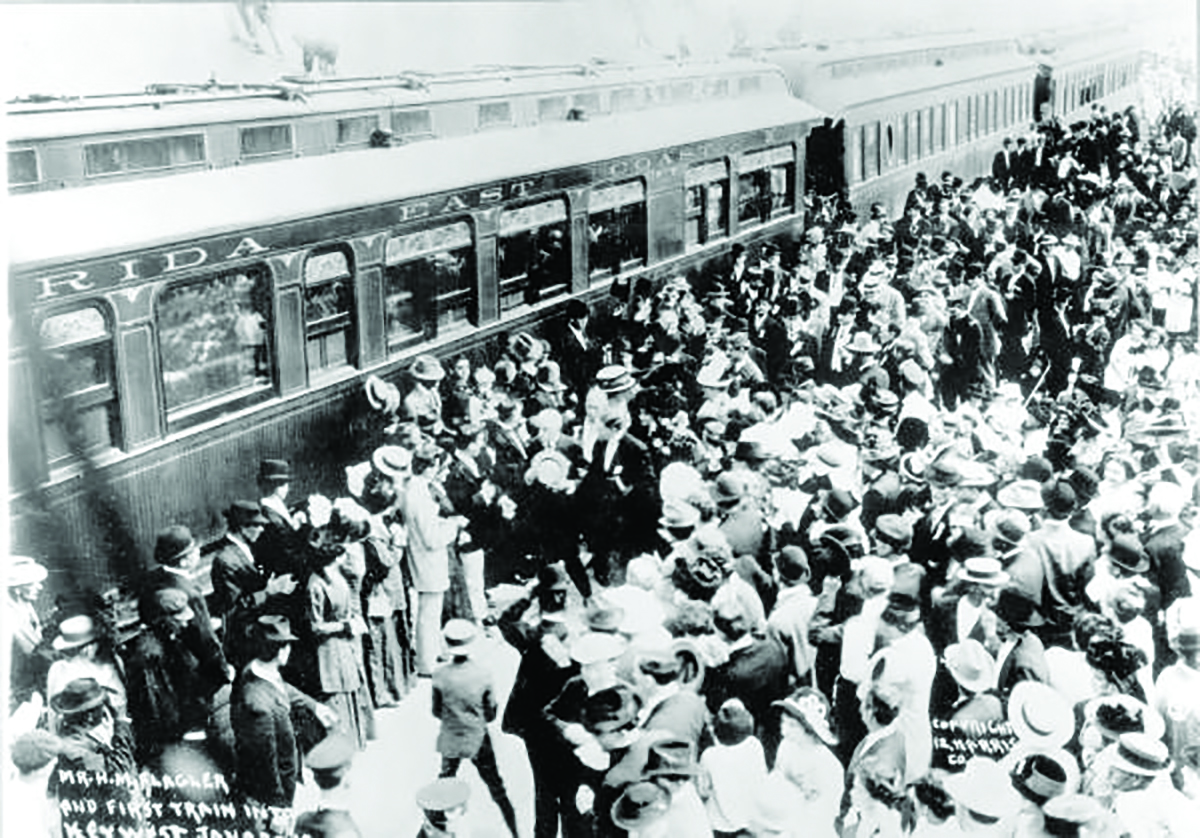
The railroad reached Miami on April 15, 1896. On July 28, 1896, without ever having been a village or a town or an incorporated municipality of any kind, the City of Miami sprang into existence and over the weekend of July 26-July 28, 1896, the FEC Railway and the City celebrated their centennial in a grand gala event. The Royal Palm Hotel opened January 15, 1897 with 350 rooms, two electric elevators, a swimming pool and an electric generator for the hotel and the city.
In 1903, the United States signed an agreement to construct the Panama Canal. Flagler envisioned Key West with its natural deep water seaport as the shipping hub for all the ships passing through the canal, connecting South and Central America, the U. S. and Cuba. His trains would provide land deliveries throughout the east coast. As he had been eyeing Key West for some time, these additional motivations could have been the deciding factor for Flagler to push on to Key West.
The editor of the Key West Gazette suggested a railroad linking Key West to the mainland as early as 1831, Wilkinson found. South Florida’s first U.S. Senator, Stephen R. Mallory, also from Key West, while in Washington in the 1850s advocated the advantages of a Key West railroad. J. C. Baily while surveying for the International Ocean Telegraph Company in 1866 included a route that could be used for a railroad.
Numerous proposals were made on paper, but all lacked financing. The National Geographical Magazine in 1896 contained an article mentioning Key West’s hopes centering on Flagler. The article, “Across the Gulf by Rail to Key West,” proposed the screw pile supports used for construction of the lighthouses for bridge supports.
In summer 1902, Flagler hired William J. Krome to survey the best route to Key West, which at the time was thought to be across the Everglades to No Name Key and on to Key West. Krome spent until May of 1903 surveying the Everglades to Cape Sable, but this route was deemed unsuitable. He then completed the Cutler Extension to Homestead and in early 1904, Krome was sent to survey from Homestead across northern Key Largo and out into Hawk Channel, a route to Turtle Harbor. On July 6, 1904 the Turtle Harbor route was canceled and a Homestead to Key West route across Cross Key, Bahia Honda to Key West was mandated.
It is not certain, and there are various versions, when the following conversation took place, if it did at all, but the aging Flagler (74 years old) called in his F.E.C. President, Joseph R. Parrott, and reportedly asked him if the railroad extension to Key West could be built. “Yes, I am sure,” was the reply. Flagler in turn said, “Very well then, go ahead. Go to Key West.”
With plans approved in April 1905, the project was announced in the New York Herald on June 28, 1905 and the article reprinted in the Tropical Sun. Senator E. C. Crill, of Palatka, pushed through bill number 11, granting certain rights and privileges for a railroad to the FEC Railway. Effective May 3, 1905, Flagler then publicly announced the extension of the railroad to Key West.
Wilkinson noted this was an epic decision for the 74-year-old Flagler. He had practically built the east coast of Florida, had everything in life that any reasonable man could want, and yet something pushed him to new horizons. He did this with his own money, not borrowed money and there was no cutting corners to save money. About two-fifths of all his Florida investments were used to complete the Key West Extension.
For the Key West Extension, Flagler chose Joseph Carroll Meredith as his chief construction engineer. The 28-year-old William Krome became the assistant construction engineer.
For the overseas project, Flagler purchased, leased or built most of the heavy marine equipment in the east. It was a massive operation. Land had to be donated, purchased or leased, as Flagler did not receive land grants in the Keys other than water passages. He did own land previously granted to other railroad companies that he had bought. So many of the transport ships in the Atlantic were employed solely to transport supplies and materials for Flagler that it created a minor shortage for transporting other goods.
Using Krome’s survey, overland clearing throughout the Keys began. Functional seaports and rail terminals were built at Knight’s Key and Key West. The large bridges could not be started until huge floating concrete mixers could be constructed. Concrete mixer number 1 was towed out of Miami on June 27, 1906. Work began throughout the Keys. Over 130 acres of land was to be dredged/pumped in for the Key West Terminal. The work camps were numbered from north to south from Homestead. Key Largo was camp 1 and Key West was camp 82.
By the spring of 1905, construction teams were dispersed throughout the Keys. From the mainland, in April, two of the ten traveling dredges set out from what would become Florida City across Cross Key to Jewfish Creek. One dredge worked on each side of the right-of-way, piling up fill to form a track rail bed in the center. Rock was transported and spread. Tracks were laid on top of this rock foundation. The Woodall and Everglade stations were built on side tracks located where the vehicle passing lanes of the 18-mile stretch are now.
This was time-consuming work, but not difficult. Jewfish Creek presented them with their first bridging challenge. It had to be a drawbridge to permit boat traffic even in those days.
The crew used 150 huge barges to ferry supplies to shore.
Labor was a constant problem. The pay was $1.25 a day with food, lodging and medical care. Lack of fresh water and mosquitoes constantly haunted the project. An average of 4.5 million gallons of fresh water was required each month. It is said a total of 40,000 men, but never more than 5,000 at any one time, were employed.
Completed in January 1912 with much fanfare, the Labor Day Hurricane on Sept. 2, 1935 struck the Upper Keys and swept the railway, many of its laborers and rail cars into the sea. On Nov. 14, 1937, the Florida Keys Memorial also known as the Hurricane Monument in Islamorada at Mile Marker 81.5 was dedicated to those who lost their lives in that category five storm.
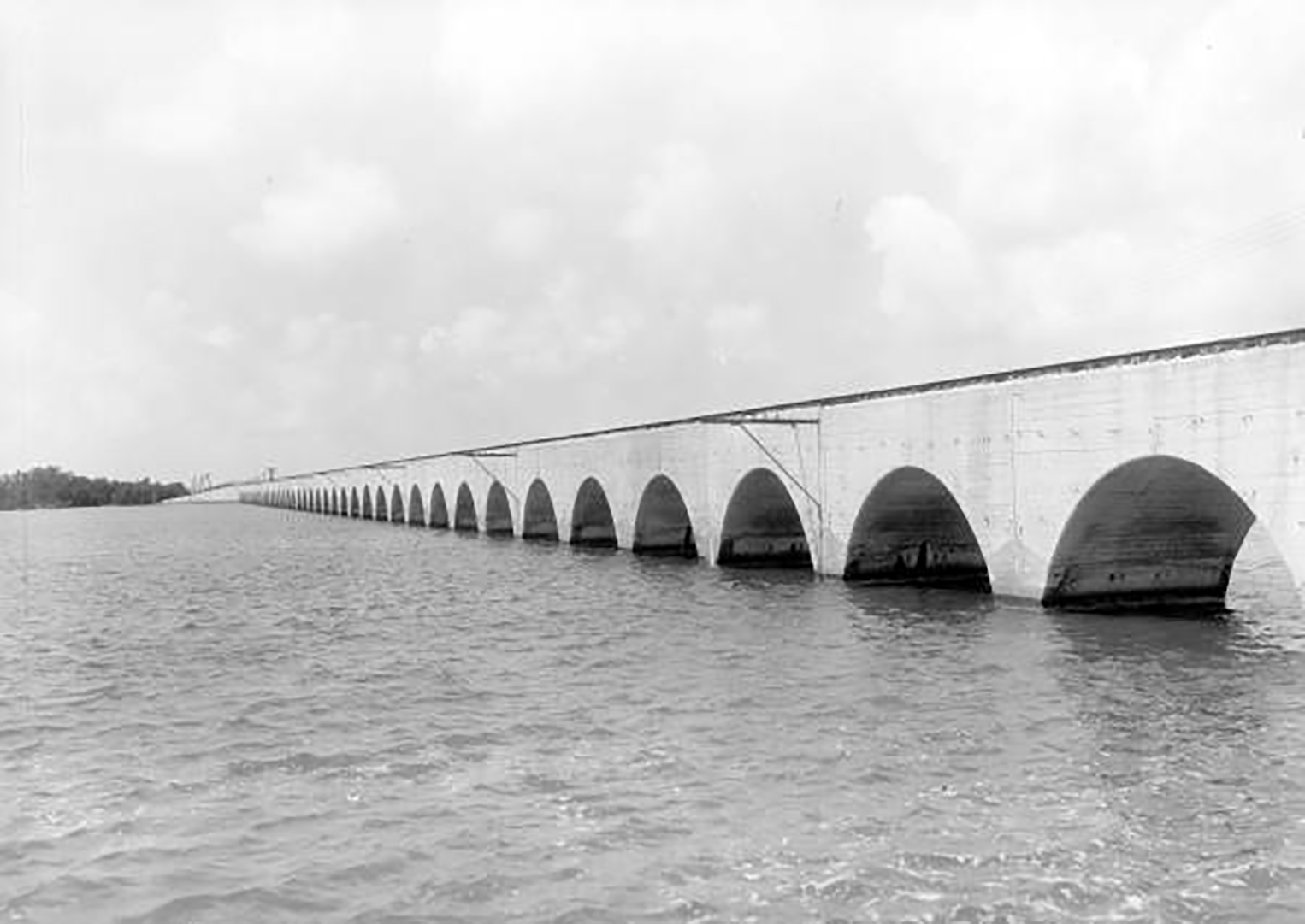
– Contributed By: Ann Winters


